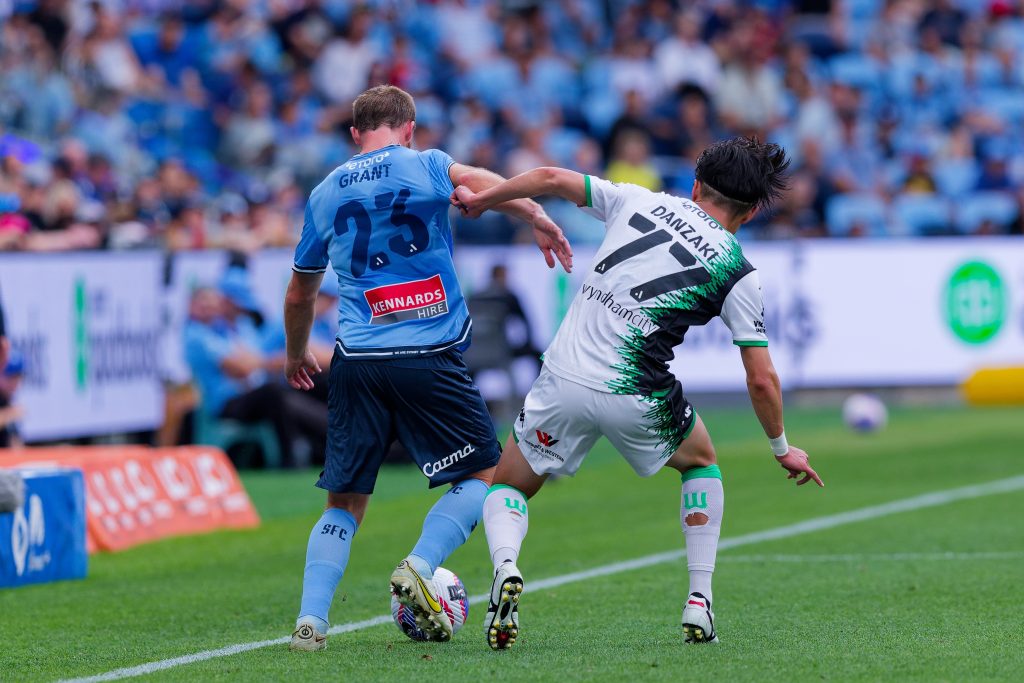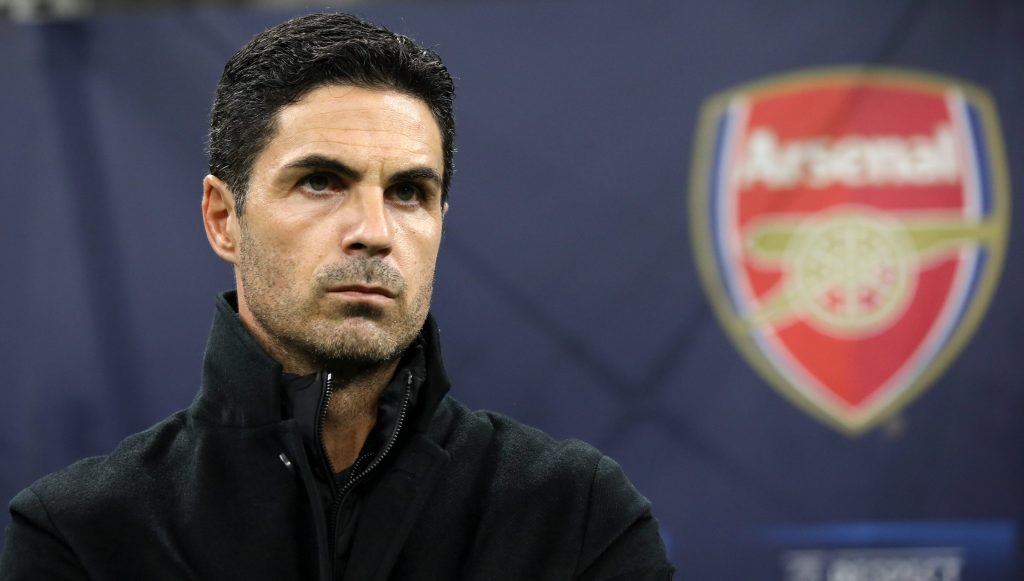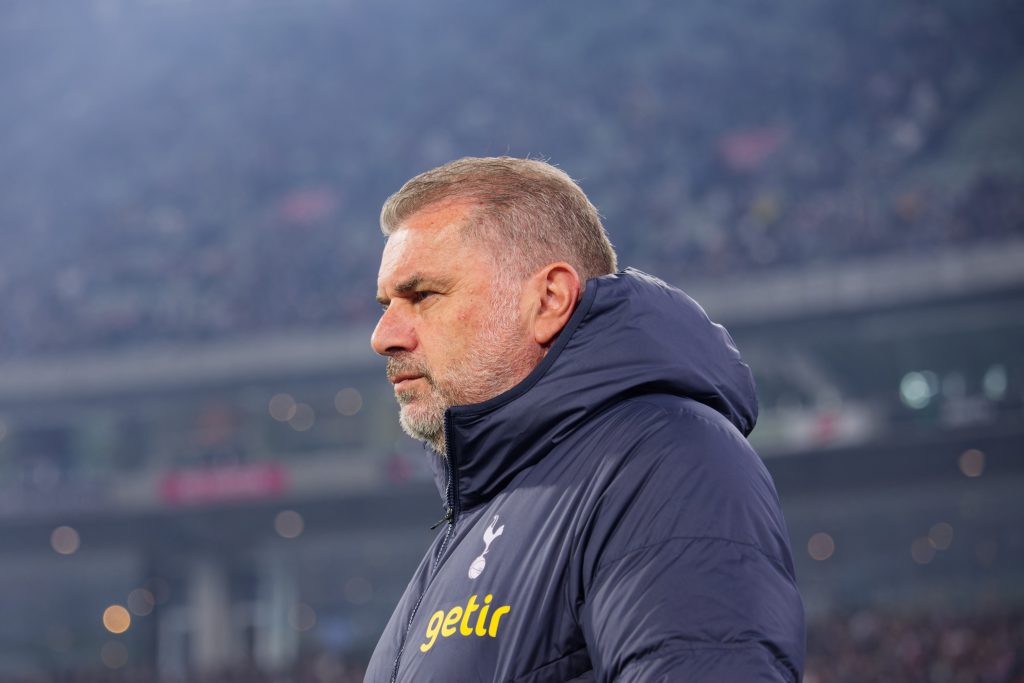Image Credit: IOIO Images
Last Friday afternoon, Football Australia confirmed the worst fears of many. Western United have been stripped of their license, found short of financial requirements by the association’s regulatory watchdog. Their teams will not take to the field for the upcoming seasons of the A-League Men and A-League Women. Seven years on from debuting in the nation’s premier competition and three years on from winning it, the club is now on the brink of total collapse. A second ruling will come down in the next two weeks following Western’s appeal, with August 25th being the hard deadline, but all things considered it’s hard to see a way out for this embattled organisation. Save for a miracle, the A-Leagues will lose a member club for the first time in 13 years.
There’s a reality here that’s tough to face. In what’s been a difficult decade so far, supporters of the league have become used to playing defence. More so than we were already, I should say. Anyone can read writing off a wall. Wouldn’t you rather write a new story? So goes the call and so goes the response. Surely the future of football in this country is reason enough, we say to the doomsayers who ask “why bother”. Surely our ‘forced passion’ is better than your dispassionate assessments, we tell the Eurosnobs with their noses up-turned. It’s when the hard questions inevitably come from the beancounters and prospective investors, that we start to fumble with our answers. We reach for the emotional hooks again. The facts get papered over.
So, let’s face these questions head on then. Did this ‘shock announcement’ really come as a shock to anyone? After all that’s unfolded, where else was this club heading? Did they ever actually stand a chance?
To answer, we have to go back a bit. Before there was Western United there was Western Melbourne Group. One of eight bidders for 2018’s two team expansion project, their license was granted largely on the basis of their unique selling point; a private-public partnership that promised a brand new stadium. WMG made a joint commitment with Wyndham City Council to break ground immediately at a site in Tarneit, targeting 2021 to cut the ribbon on ‘Wyndham City Stadium’. Melbourne’s Western suburbs weren’t topping any lists of desirable expansion locations going into the bidding war. It didn’t (and still doesn’t) stand out as an unserved market ready to flock in masses, but government backing on an exclusive, team owned, boutique football stadium intended for 15,000 fans; now that’s an asset that changes the equation. No other club in this country can claim a home that belongs to them and them alone.
Putting aside sole ownership and the self determination that comes with it, we’ve seen already what a well fitting ground can do for the league’s smaller clubs. Adelaide’s 16,500 capacity Coopers Stadium packs a potent atmosphere, with its compact footprint and steep red stands a spit away from the action. How about Central Coast Stadium? Palm trees and sauce bottles in place of a southern stand, but still rocking and roaring like you wouldn’t believe for the Mariners at their long awaited home final last May. Scenes like we saw in the Gosford mean everything to a football club, more so still to the plucky upstarts. Take the Wanderers and Auckland FC, arriving with such a splash over a decade apart. The former is here to stay. The latter, beginning to feel that way too. Drag and drop all those crowds into an Allianz or an AAMI Park and the feeling quickly changes. The eye just isn’t drawn to it.
Fans make atmosphere and in turn, atmosphere attracts fans. Without the right venue though, the chicken-egg process never gets started. WMG’s founding promise was to get that ball rolling. So, 7 years later, where is Wyndham City Stadium? Go have a look for yourself. Take a right off the M1, head down Leakes Road, past the newbuilt suburban extent of Tarneit and into the expanse of pasturelands, and on your left you’ll find ‘Ironbark Fields’. A front office and three training pitches. One of professional standard, 5,000 seater grandstand looming over the grass surface. This is the home of Western United. No stadium. No ground broken on one.
Delay after delay with no end in view. Work on the training complex didn’t begin until October of 2021. It’s completion in 2023 was a step in the right direction, but still a ways short of the promises conditional to Western United’s existence. Search for concrete explanations and you’ll have as much luck as you would searching the stadium site for actual concrete. 2024, 2025, and now 2026, all floated as scheduled openings. All empty statements. Are they just blowing smoke? A club without a stadium is a club without an identity. It’s an unsustainable state of affairs. Western reported losses of $11 million in 2024 and $12 million in 2023. Ownership is on the hook for liabilities worth a whopping $55 million in excess of what they hold in assets.
Just over three months ago, things came to a head. Two major developments. One disastrous, and the fruits of the other remaining to be seen. On April 30th, FIFA officially banned Western from registering new signings for the next three transfer windows. Though no specifics were released, the announcement cited “various infractions, such as financial disputes or regulatory breaches”. Allegations of delayed payments on player wages had been circling. Vince Rugari reported that the ban related to a dispute with Serbian international Aleksandar Prijović, who’d recently departed after two impressive seasons spent at the club. Whatever the charge, the sentence was a massive blow. The saving grace for Western has been results. Their Grand Final win in 2022, led by star Alessandro Diamanti, was a thrilling victory against local rivals and reigning champions Melbourne City as well as something of a triumph over a public sentiment. A ticket to legitimisation. On the pitch they’ve been solid, even if nowhere else, but how could they continue to field competitive squads with no new players until January of 2027? Of course, the question now becomes whether they will even make it that far.
If there’s any chance of a reprise, the hope lies in the announcement that came just two days after their ban was handed down. KAM Melbourne, subsidiary to KAM Sports, finalised their purchase of a controlling stake in Western United on May 2nd. There was reason for optimism around this new ownership, but unfortunately plenty of reason for caution too. The Kaminskis are big money with a big B and, in theory, American billionaire backing is easy to get excited about. Father Maciek and son Mikhail run the family investment empire, their net worth built on property development. The core business is Talon Real Estate while their sports holding company is the new endeavour. Something of a prestige side gig. “[F]or us here, it’s the infrastructure play… getting this project moving and getting the stadium built. That’s really what drove us to this project”, Mikhail told ESPN Australia shortly after the deal was announced. “[The stadium is] priority number one, number two and number three, frankly, to get shovels in the dirt, to get a stadium that WMG promised to the community”. Not long after the acquisition, a club spokesperson was asked about the transfer ban and said that the club had “already put steps in place to resolve this as soon as possible”.
That’s the key problems diagnosed and addressed, so why the apprehension? Their pockets are deep and they’re certainly saying a lot of the right things, but it’s their track record that draws concern. This isn’t KAM Sports’ first foray into the football world. Most notable was their failed pursuit of a majority stake in Everton FC, whose long running stadium saga makes Western’s look quaint. The famous Merseyside club was not for sale. The Kaminskis were formally rebuffed in early 2023 following two approaches, first as part of a consortium and then later under the KAM name.
On they pushed. In the following year KAM Sports made approaches to first division sides in Switzerland, Belgium, and Greece. In the latter cases negotiations were so advanced that the Kaminskis were officially unveiled as owners of, respectively, K.V Kortijk and Panaitolikos FC, before both deals collapsed. Money was the issue, with the clubs alleging that payment deadlines were not met. It’s not just a KAM issue either. In 2017, Talon Real Estate defaulted on several loans and was subject to an independent audit which found reason to “raise substantial doubt about its ability to continue.” The company was sold to private investors the following year with Maciek remaining in his role as CEO, but controversies continued. In 2022, as their pursuit of Everton intensified, The Times alleged that documents seen by their staff showed Maciek and wife Brenda had been under investigation by the IRS the previous year, failing in court to prevent the American revenue watchdogs from accessing relevant bank records. Not exactly the saviours that we might have hoped for. The Kaminskis’ record is undeniably shady, duplicitous, and unreliable, but with their appeal in process, Western United have no one else to rely on at this moment.
Things got toxic in the final weeks of 24/25. In between Semi Finals legs against eventual champions City, with a 3-0 deficit looming, the players made their discontent official. Through the PFA (the player’s union), members of the men’s and women’s squads lodged a complaint with ownership, demanding payment of outstanding wages and superannuation. The two week deadline given was met by the club, but it was a bitter mark on the end of their season, and in the offseason there have been reports of payment problems resurfacing. PFA chief executive Beau Busch called Western’s conduct “unacceptable” and praised the “professionalism and commitment of players and staff in extremely difficult circumstances”. Defender Dylan Leonard, just 17 years old, was put in the unenviable position of fielding questions on the matter at a joint press conference held for their crucial second leg. “The boys know that we’re gonna get paid at the end”, he told reporters. That they did, but in a long list of sordid incidents and unfulfilled promises, was this the death blow? A club cannot operate when the players representing it can’t be sure that they’ll be looked after.
The thing that really stings about all this is the feeling of inevitability. Not just the acute one we’re experiencing now. The one that’s been there since the beginning, pushed to the back of our collective minds. Wyndham City Council stressed recently that they’ll retain ownership of Ironbark Fields if Western United are to fold. All remaining wage and super requirements have been fulfilled as of Wednesday night; a transparent attempt to keep players from using contract defaults as their legal lifeboat, as they flee the sinking ship. This is a moment where domestic football in Australia is desperate for a shining light. Something to bring a moment of reprieve. Something, anything, to restore a bit of self respect and reignite some forward momentum. Instead, the expansion undertaken 7 years ago continues to be an albatross around the neck of the A-Leagues. Western’s classmates of 2018, Macarthur FC, press on into the future, but their dramas and debacles could easily fill another article. The APL, not founded until 2020, took no part in awarding licenses to these two clubs, but they’ve been trying to work with and compensate for their flawed models for the entirety of the governing body’s young existence. That’s when they’ve had time between wrestling with the impacts of COVID, and containing the fallout from their disastrous Grand Final scheme.
Auckland FC have so far been a wonderful success story, certainly the most positive to come out of the A-Leagues this decade. Hopefully, the forthcoming debut of a Canberra team in the men’s league won’t be kicked down the road again, and will bring a similar spark of excitement. God knows they’ve been a long time coming. It just feels… I do hate to say this as I don’t find doom and gloom productive, but it just feels like a bit too little, far too late. What was so wrong with Auckland and Canberra, or even Wollongong, years ago when there was still significant momentum to be capitalised on? It seemed so obvious then that trying to split the fanbases of Australia’s two world cities again, cut into thirds in one swoop, was a moment of utter cart-before-horse madness. The touted party line; these are growing cities and the league must grow with them. Sure, but maybe let the cities actually grow a bit first. Must everything in this country be based on speculation? And for christ’s sake, what kind of a name is Western United? I know the public had their say, and I know this is a superficial complaint, but image matters and this club has never found theirs. From the beginning, their branding has worked against them. It inspires nothing, represents nothing, ringing loud with all the tepidity and banality of a committee of suits seeking to please everyone.
There are a lot of factors at play when we talk about the A-Leagues’ recent struggles. Chief among them have been relegation to streaming obscurity on Paramount Plus and a global pandemic that, in fairness, is nobody’s fault. And sure, on this front the league has moved on from the people to blame, but still the fans continue to pay the price for a complete lack of foresight and ambition shown by the association in 2018. This week my sympathies are with the hard working players and staff that have kept Western United afloat through all of this, and the supporters too, all left adrift now by ownership and their deception. As is always the case in tough times, everyone will have their two cents on the matter, but I simply do not want to hear a bar of, ‘who could have seen this coming?’
-Will Newby



